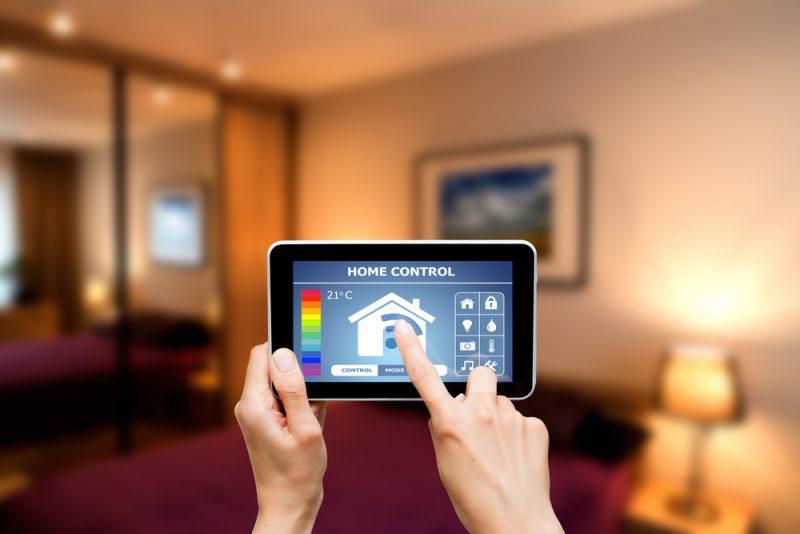Personalization key to maximizing customer engagement with technology, panel says

Utilities are increasingly offering new customer-facing technologies, either directly or through third parties. These technologies are useless, however, if utilities can’t get customers to engage with them.
A panel this week at the National Association of Regulatory Utility Commissioners (NARUC) Summer Policy Summit held in Scottsdale, Arizona, explored this issue. Personalization through the use of data, the panel agreed, is crucial to increasing engagement in a way that provides benefits to both utilities and their customers.
“Fundamentally, customers want the same things they have for a long time,” Latanza Adjei, vice president of sales and marketing at Georgia Power Company, said. “They want highly reliable service. They want it at a fair price, and they want exceptional service… While the outcome has not changed, what it takes to deliver on that outcome for our customers has absolutely changed.”
What it takes, Adjei explained, is using data analysis to learn more about customers to provide them with deeper insights and personalized experiences. Utilities can, for example, recommend appliances to customers based on their needs, warn them via text about outages and offer a variety of self-service platform options.
Having multiple options for customers is crucial, the panelists agreed, because customers have varying needs and preferences. Companies in other industries, Adjei noted, can focus on specific target audiences while utilities must cater to everyone.
“We’ve learned that you have to have different types of products and different channels for that consumer,” said Tim Stojka, founder of Agentis Energy, which offers a digital platform that utilities deploy to their business customers to help them understand and manage their energy usage. “One size doesn’t fit all.”
Agentis, Stojka explained, allows customers to choose to access their data via a web portal or to receive it via email updates or paper reports as well as through other channels.
Rick Counihan, head of energy regulatory and governmental affairs at home automation company NEST, said that the company aims to make the basic functionality of its smart thermostat easy to use. If customers want to go more in-depth, however, they can also access more advanced options.
“The bottom line for us is that we make this so that it should work for anybody,” Counihan said, referencing the smart thermostat.
The panel also discussed challenges that can arise when utilities and third parties, such as Agentis and NEST, work together to offer technology solutions to customers.
“The utilities are truly concerned about their brand and making sure that the brand is not compromised when they engage with a third party,” Adjei said. Because of this concern, utilities are often cautious about the third parties they partner with.
Like customers, Stojka noted, utilities are also all different, which can lead to miscommunications between them and third parties.
To help overcome these issues in some of its partnerships, Counihan said, the marketing teams from Nest and utilities with which the company is working meet regularly. While partnerships between utilities and third parties can take a long time to form, the panelists noted, they can be highly beneficial once they do.
Ultimately, though, it all comes back to the customer, Juliet Shavit president and CEO of SmartMark Communications, emphasized. When deciding which technology to invest in, she said, utilities should look for applications that will improve the lives of customers.
“Developing a business case around technology investment, I would argue, starts with the consumer because consumers are the core components of our communities, our cities, our regions, and these are the things that we talk about when we’re really discussing the benefits of technology and innovation,” Shavit said.
